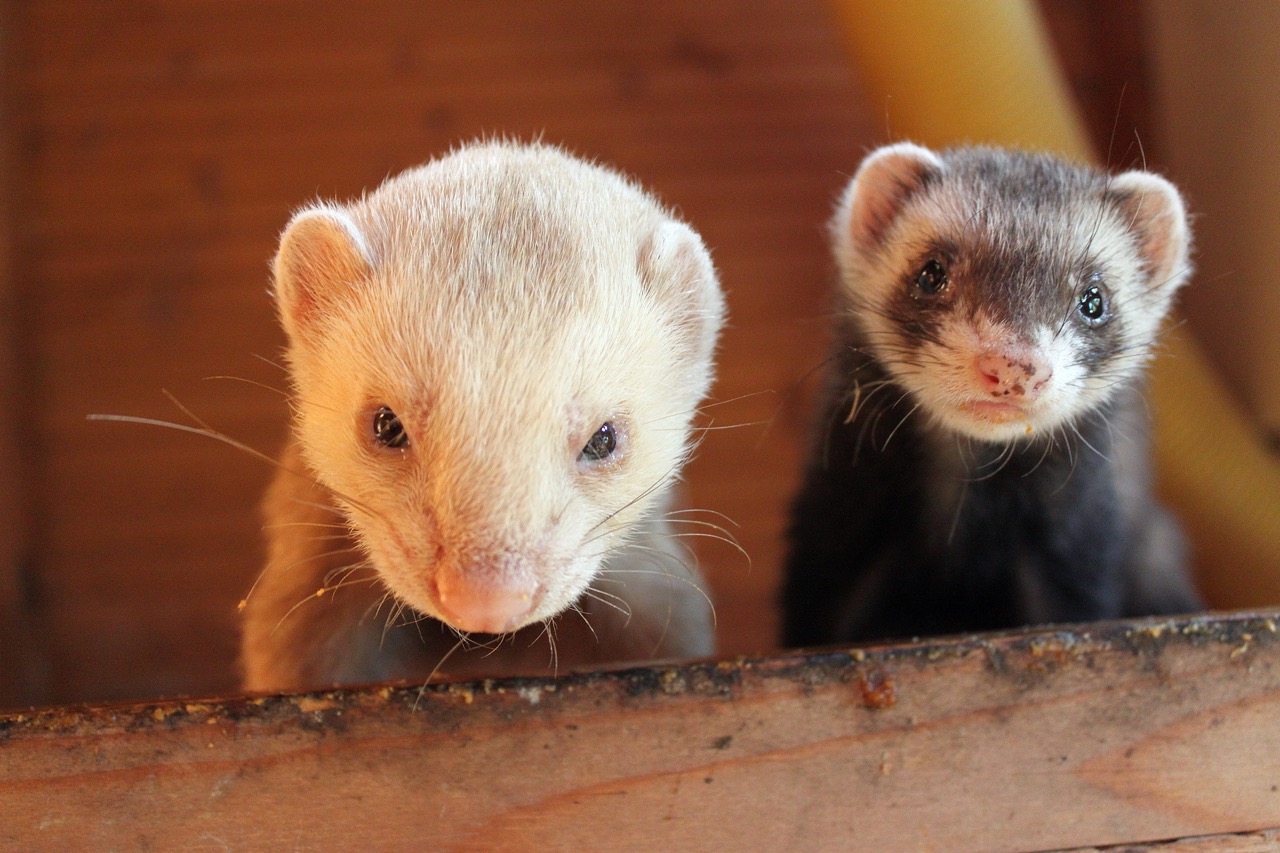Ferrets are playful and inquisitive pets that require stimulation and a variety of outlets for their natural behaviors. One such behavior is scratching, which helps them maintain their claws and mark their territory. Providing a dedicated scratching post for your ferret is not just a luxury; it’s essential for their well-being. In this article, we will guide you through the importance of scratching posts for ferrets, the materials you’ll need to create one, step-by-step instructions for building it, and tips for its proper placement and maintenance.
Understanding the Importance of a Ferret Scratching Post
A ferret scratching post serves multiple purposes that are crucial for your pet’s health and happiness. Firstly, it provides an outlet for their natural instinct to scratch, which helps keep their claws trimmed and healthy. Without a designated area to scratch, ferrets might resort to scratching on furniture or carpets, causing potential damage to your home.
Additionally, a scratching post can also serve as a form of enrichment for your ferret. Ferrets are highly intelligent and active animals; they need various activities to keep them engaged. A scratching post can be a place where they can exercise, climb, and explore, reducing the risk of behavioral issues stemming from boredom. It can also contribute to their physical health by encouraging movement and play.
Finally, having a scratching post helps establish a boundary in your home. When your ferret has its own designated area to scratch, it can be easier to redirect them if they start scratching on your furniture. This not only helps maintain your household items but also fosters a better understanding of appropriate behaviors in your ferret.
Essential Materials Needed for Your DIY Project
Before you embark on building a scratching post for your ferret, gather all the necessary materials. To make a durable and safe scratching post, you will need a sturdy base, such as plywood or MDF (medium-density fiberboard), to prevent tipping. You’ll also need a substantial vertical post; sisal rope is an excellent choice because it provides a natural scratching surface that is both durable and safe for your ferret.
In addition to the post and base, you’ll need some tools, including a saw for cutting the wood, a drill for attaching the post to the base, and staples or a strong adhesive to secure the sisal rope tightly around the post. If you’re feeling creative, consider adding additional features like platforms or hammocks for climbing and resting, which can enhance your ferret’s playtime experience.
Lastly, consider using non-toxic materials for any additional embellishments. Paint or sealants can be harmful if ingested, so opt for pet-safe products or leave the wood unfinished. Safety is paramount, so always double-check that your materials are free of sharp edges or toxic substances.
Step-by-Step Instructions for Building a Scratching Post
Begin by measuring and cutting your base to a size suitable for the scratching post, ensuring it’s large enough to provide stability. A base of at least 2 feet by 2 feet is ideal, as this will help prevent tipping when your ferret uses the post. After cutting the base, mark the center point where you will attach the vertical post.
Next, cut your vertical post to your desired height, typically between 2 to 3 feet. This height allows your ferret to stretch and climb comfortably. Drill a hole at the bottom end of the post, and securely attach it to the base using screws. Make sure it is firmly anchored; you don’t want it wobbling when your ferret uses it.
Once your post is securely attached to the base, wrap sisal rope around the post, starting from the bottom and working your way up. Use staples or glue to secure the rope as you go to ensure it stays in place. Once you reach the top, trim any excess rope and ensure all connections are secure. You can also add platforms or additional features as desired to enhance the scratching experience for your ferret.
Tips for Proper Placement and Maintenance of the Post
The placement of your ferret scratching post is crucial for its effectiveness. You should position it in a location where your ferret spends a lot of time, such as near their sleeping area or play zone. This will encourage them to use the scratching post regularly. Additionally, consider placing it near furniture that you want to protect, so your ferret learns that scratching is best done on their designated post.
Maintaining the scratching post is essential for keeping it safe and hygienic. Regularly inspect the post for any signs of wear and tear, such as frayed sisal rope or loose components. If you notice any damage, it may need repair or replacement to ensure it remains safe for your ferret. Clean the post periodically to prevent the buildup of dirt or debris that can attract pests or cause odors.
Finally, encourage your ferret to use the post by rewarding them with treats or playtime when they scratch it. You can also apply a little ferret-safe catnip to the post to entice them further. By maintaining the scratching post well and ensuring it’s in an accessible location, you’ll foster healthy scratching habits and enrich your ferret’s environment.
Building a scratching post for your ferret is a rewarding DIY project that promotes their well-being and enriches their living space. By understanding the importance of a scratching post, gathering the right materials, following the steps to build it, and maintaining it properly, you can create an environment that caters to your ferret’s natural behaviors. Not only will this help protect your home, but it will also contribute to a happier, healthier life for your furry friend. Investing a little time and effort into this project will yield dividends in the way of your ferret’s happiness and well-being.









